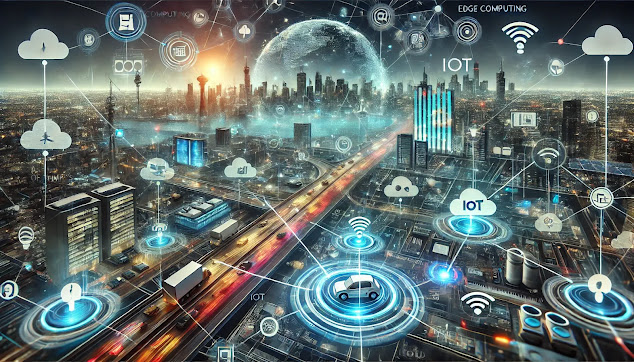A Glimpse into the Future of Technology

Artificial Intelligence (AI) is evolving at an unprecedented pace, reshaping industries and transforming the way we live and work. From healthcare to entertainment, AI’s influence is pervasive, and understanding the latest trends can offer insights into the future. Here are the most exciting and impactful AI trends of 2024 that are shaping the future of technology. 1. Generative AI: The Creativity Machine Generative AI is no longer just a buzzword; it's a revolution in content creation, design, and innovation. Models like GPT-4 and DALL·E are empowering creators to produce high-quality text, images, and even video from simple prompts. Whether it's generating human-like text or crafting original artwork, the implications for industries like marketing, entertainment, and media are immense. Companies are increasingly using generative AI for content personalization, automating the design of advertisements, creating immersive experiences in gaming, and even assisting in product deve...

.%20The%20image%20features%20a%20network%20of%20interconnect.webp)
